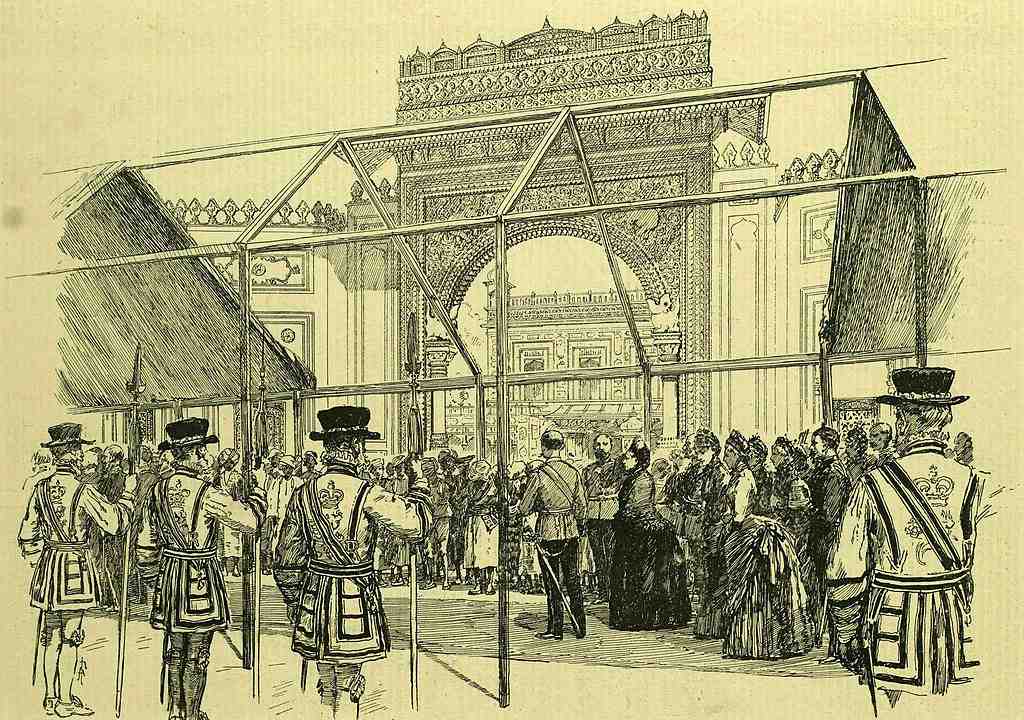The Colonial and Indian Exhibition
The Colonial and Indian Exhibition
In 1886, Oxford County contributed photogaphs of Ingersoll and Woodstock to the Colonial and Indian Exhibition in England.
By Liz Dommasch, Archivist, Oxford County Archives
Opening on May 4th 1886 in South Kensington England, the Colonial and Indian Exhibition was intended to stimulate commerce and strengthen the bonds of union now existing in every portion of her Majesty's Empire. The exhibition was officially opened by Queen Victoria and featured extravagant displays from British colonial holdings including a Māori tomb from New Zealand, a ceremonial sword from the colony of Lagos, as well as a grasshopper swatter from the Straits Settlements.
The exhibition also included an extensive display from India which took up roughly one third of the exhibition space and included art, architecture, economic goods, silks and anthropological studies. The exhibition featured a display of “native artisans” – thirty-four men from Agra (region of India located south of New Delhi) demonstrating various crafts and professions, from sweetmeat makers to potters to carpet weavers. In reality, these men were actually inmates from the Agra jail who were brought to England by Dr. J.W. Tyler, who was the superintendent of the jail, and put on show for the British public.
The exhibition was open for a total of 164 days and welcomed over 5.5 million visitors.

Although interesting, you may be wondering what this has to do with Oxford County. At the end of 1885, Oxford County Council received a circular seeking contributions of paintings, drawings, of photographs of public buildings, scenery, etc. for the exhibition. Council felt that some contribution towards the success of the exhibition should be sent from the County and they decided that photographs of some buildings, and scenery in the neighbourhood should be taken (though the expenses were not to exceed fifty dollars). A committee consisting of Councillors John Peers, A.W. Francis and W. Harrington were appointed to carry out the project and they hired local photographer C.E. Perry to produce a number of local images. Mr. Perry completed the task by taking photographs of the Ingersoll Town Hall; Sacred Heart Roman Catholic Church, Ingersoll; New St. Paul’s Church, Woodstock; Methodist Church, Woodstock; Imperial Bank Block, Woodstock, and the County Court House, as well as street views of Ingersoll and Woodstock. These were all executed in “first class style”, framed and forwarded to London where they were put on display. Following the exhibit the photographs were to be returned to the County and the committee had suggested that they could then be hung in the Council Chamber. Sadly, archives staff don’t know if the photographs were ever returned, and if so, what became of them. However, it’s nice to think that 5.5 million visitors had a glimpse of what life was like in Oxford County following Confederation.
Image credit: “The Queen Opening the Colonial and Indian Exhibition: Procession passing the principal entrance to the Indian Palace” The Illustrated London News, Saturday, May 8, 18886, page 478, Issue 2455.
